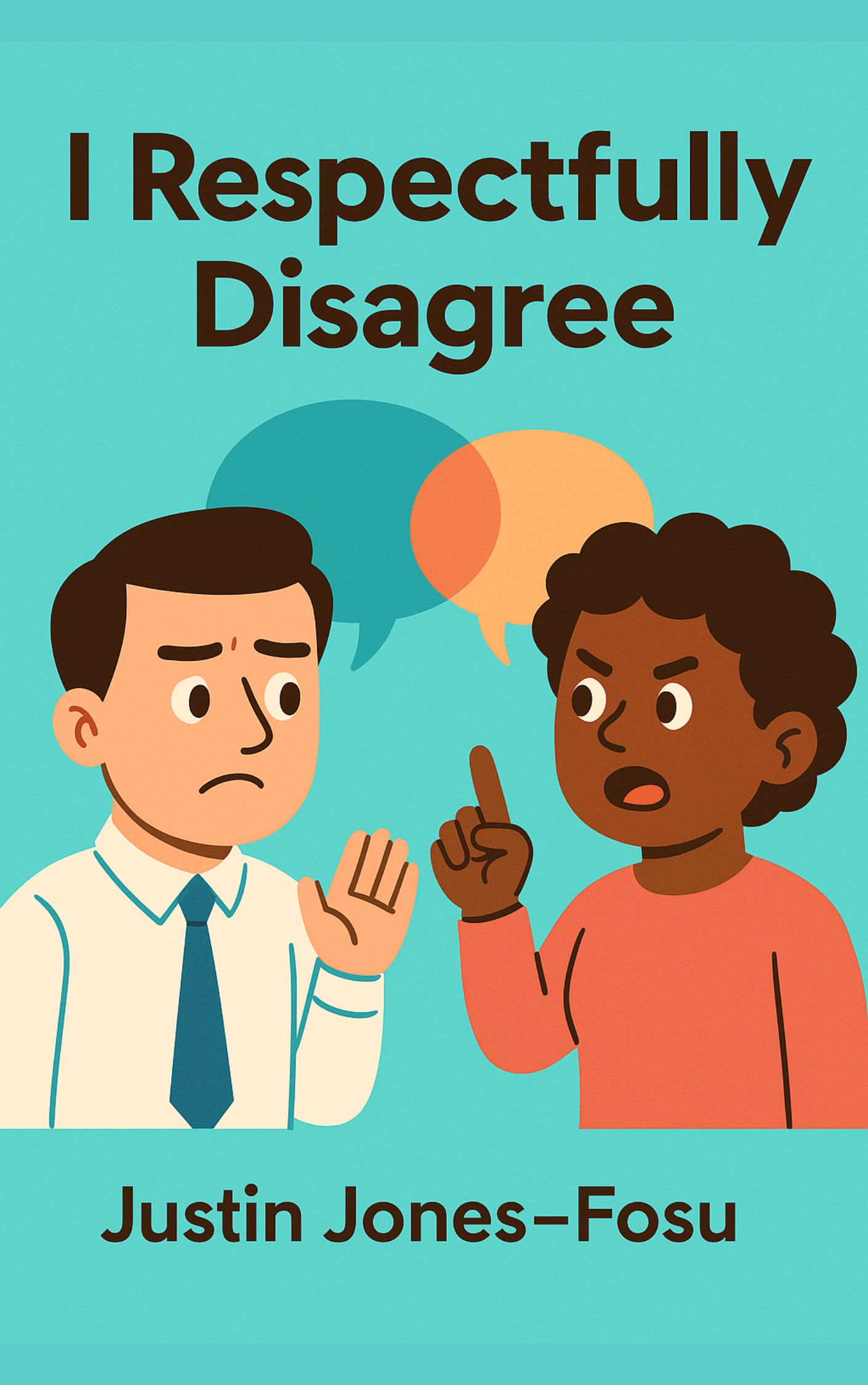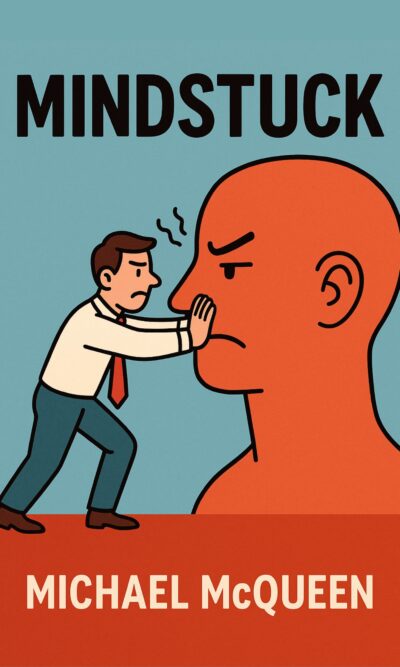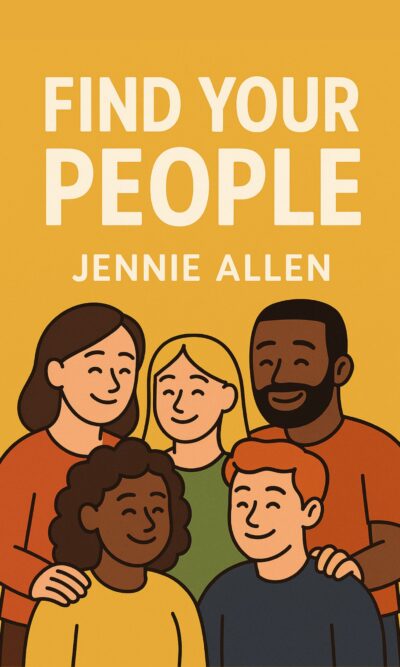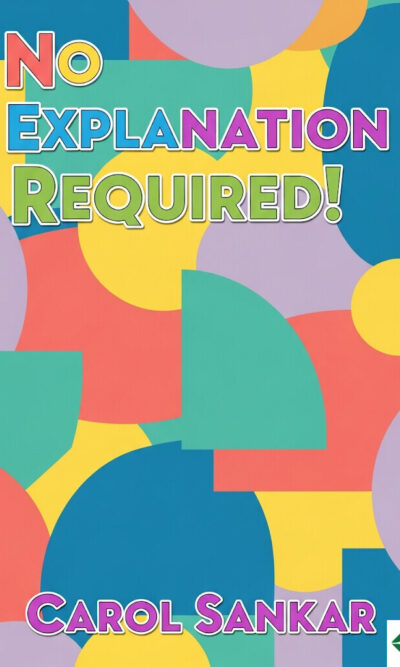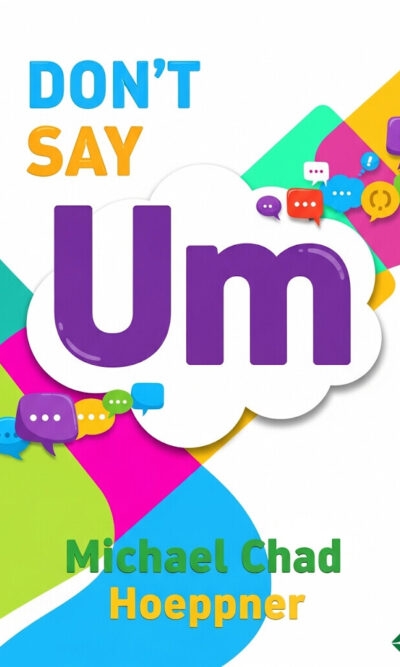Description
We live in a time of deep division. Whether it’s politics, culture, or everyday personal debates, disagreements often lead to anger, resentment, or complete silence. Many people now see those with opposing views as immoral, ignorant, or even dangerous. This way of thinking damages relationships and erodes communities. Yet conflict itself isn’t the problem. Disagreements are natural and unavoidable. What matters is how we respond to them.
The book I Respectfully Disagree focuses on transforming conflict into an opportunity for growth. The central message is that we can disagree without disrespect. Instead of letting arguments destroy relationships, we can use them to deepen understanding, build bridges, and strengthen communities. The key is approaching disagreements with respect, curiosity, and openness.
At the heart of this approach are five guiding pillars: challenge your perspective, be the student, cultivate curiosity, seek the gray, and agree to respect. Each of these principles is simple but powerful, helping us shift away from hostility and toward connection.
The first pillar, challenge your perspective, is about questioning your own assumptions. Most of us see the world through the lens of our experiences, and we believe that view is correct. This leads us to judge others too quickly. But by deliberately examining our beliefs, we open ourselves to new insights. For example, if you feel certain that someone is being rude, you might pause and consider whether they’re simply stressed or distracted. This shift in thinking softens conflict and makes space for empathy.
The second pillar, be the student, reminds us to approach conversations with humility. Too often we treat disagreements as competitions, as if we must prove we’re right. But when we adopt the mindset of a learner, we stop lecturing and start listening. Every person carries experiences and wisdom that we can learn from, even if we don’t agree with their conclusions. By listening with the intent to learn, we improve not only our understanding but also our relationships.
The third pillar, cultivate curiosity, builds on this student mindset. Instead of assuming we know why someone thinks a certain way, we ask questions. Curiosity invites deeper dialogue. A simple question like “Tell me more about what led you to that conclusion” shows respect and a willingness to engage. It can also reveal shared values hiding beneath surface disagreements. Curiosity doesn’t mean we’ll agree in the end, but it ensures that both sides feel heard.
The fourth pillar, seek the gray, urges us to move beyond black-and-white thinking. Life is rarely simple. Most issues are complex, with multiple perspectives holding some truth. Yet people often fall into binary thinking: right versus wrong, winners versus losers. This mindset fuels division. By instead embracing nuance and complexity, we open the door to collaboration. Disagreements can then become opportunities to build something new together, instead of tearing each other apart.
Finally, the fifth pillar, agree to respect, ties everything together. Respect is not something to be earned after someone proves themselves worthy. It is something we can choose to give freely. Respect means treating every person as valuable and worthy of dignity, even when we strongly disagree with them. It’s not about tolerance—enduring someone we dislike—but about genuinely valuing their humanity. By starting every interaction with respect, we create space for honest dialogue and meaningful connection.
The book also explains why many of us struggle with disagreements in the first place. Our past experiences play a major role. The author calls these life disagreement markers—events in our past that shape how we approach conflict. For example, someone who grew up in a hostile environment may default to aggression when challenged. Another person who experienced rejection may avoid conflict altogether. Recognizing these markers helps us break harmful patterns and choose healthier ways of responding.
Another challenge is what the author calls naïve realism—the belief that we see the world exactly as it is, and if others see it differently, they must be wrong or irrational. This mindset makes us overconfident in our perspective and dismissive of others. But when we realize that everyone’s perspective is limited and shaped by their unique experiences, we become more open to listening.
The book emphasizes that respectful disagreement is not about winning or converting others. It is about preserving dignity, fostering understanding, and strengthening connections. This approach does not guarantee that both sides will agree, but it ensures that the conversation does not destroy the relationship.
The principles of respectful disagreement can be applied in all areas of life—at home, at work, in friendships, and even in society at large. Imagine a workplace where team members can challenge ideas without fear of humiliation, or a family where political differences don’t lead to estrangement. Respectful disagreement makes this possible by creating an environment where dialogue replaces hostility.
Practical examples throughout the book show how small shifts can make a big difference. The words we choose matter. For instance, instead of asking, “Why would you ever think that?” we might ask, “What experiences led you to see it that way?” The first question attacks; the second invites. Another example is acknowledgment—recognizing when conversations are going well and admitting when they aren’t. This honesty demonstrates respect and helps repair trust.
Forgiveness is another important theme. The author shares personal experiences of abuse and explains how forgiveness became a turning point. Forgiving does not mean excusing harmful actions, but it releases us from the toxic emotions that cloud our interactions. In disagreements, forgiveness allows us to let go of bitterness and approach others with clearer minds and more open hearts.
By applying these lessons, we can shift from building barriers to building bridges. Disagreements don’t have to drive us apart; they can bring us closer if handled with respect. Communities built on these principles will be more resilient, compassionate, and united.
In the end, I Respectfully Disagree is a guide to rethinking the way we engage with one another. Disagreements are inevitable, but disrespect is not. By challenging our perspectives, embracing curiosity, seeking nuance, and giving respect freely, we can transform conflict into connection. This approach doesn’t promise easy harmony or perfect agreement, but it does offer a path to healthier relationships and stronger communities.
The main takeaway is simple: respect is the foundation. When respect comes first, even the toughest disagreements can become opportunities for learning, growth, and deeper human connection.

